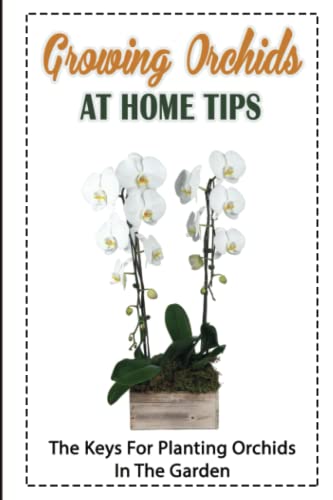mrhappyrotter
Grand Chupacabra
I'm sticking with the label, this is Phragmipedium fsicherii 'Jean' x self.
Personally, I don't really care if this is "just" a schlimii or not, it's sufficiently different from all my other schlimii plants that it has earned a spot in my collection. This species/cultivar/whatever is much, much more diminutive than any of my other schlimii plants and the flowers are distinctly non-fragrant. So, it's different to me, especially in consideration of how different the color and color pattern of the flowers is.
Otherwise, it's easy to grow and bloom, so that's definitely a plus. Don't let the brown on the leaves fool you, that's just some seaweed extract residue.
Personally, I don't really care if this is "just" a schlimii or not, it's sufficiently different from all my other schlimii plants that it has earned a spot in my collection. This species/cultivar/whatever is much, much more diminutive than any of my other schlimii plants and the flowers are distinctly non-fragrant. So, it's different to me, especially in consideration of how different the color and color pattern of the flowers is.
Otherwise, it's easy to grow and bloom, so that's definitely a plus. Don't let the brown on the leaves fool you, that's just some seaweed extract residue.
















































